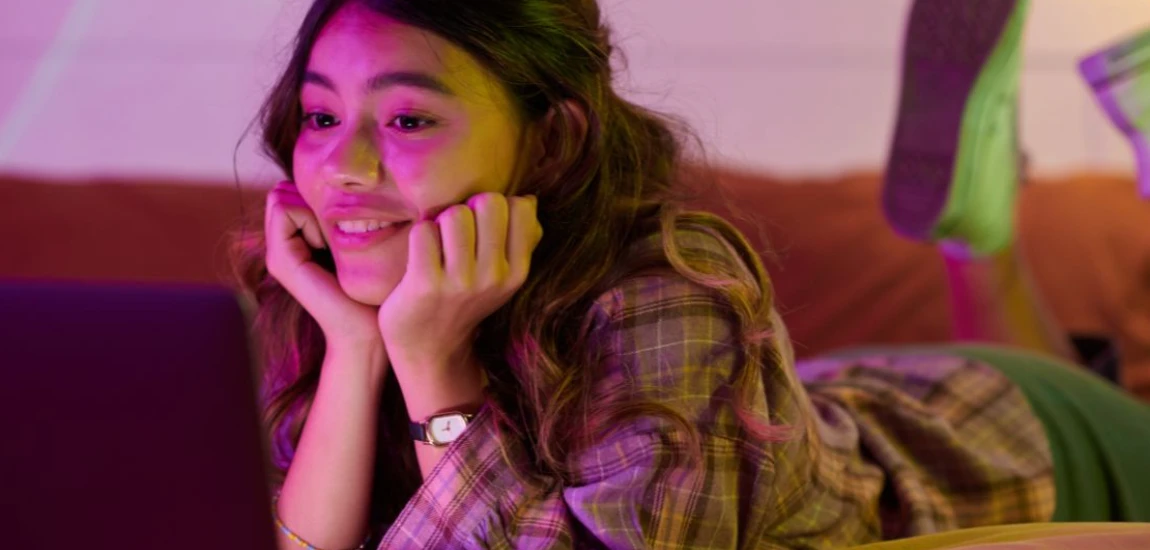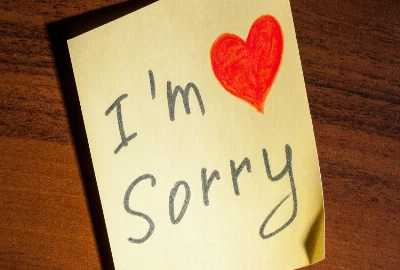Goodbye Binge-Watching? Why Weekly Episode Drops Are Making a Comeback

For more than a decade, binge-watching has defined the way we consume television. Platforms like Netflix built their empires on releasing entire seasons at once, encouraging viewers to spend weekends devouring episode after episode. From Stranger Things marathons to all-night binges of The Crown, this on-demand approach turned TV into an endless buffet. But lately, there’s been a shift in strategy. Increasingly, streaming services are experimenting with—or outright returning to—weekly episode drops, a release model that feels more old-school television than digital disruption.
This trend isn’t just about nostalgia. Weekly episode releases are gaining traction because they create anticipation, generate cultural conversations, and help platforms retain subscribers longer. Instead of consuming a show in two days and forgetting it by next week, viewers are invited to sit with the story, speculate about what comes next, and engage in a collective experience reminiscent of traditional TV.
So, why are streaming giants moving away from binge-watching, and what does this mean for the future of how we watch TV? Let’s take a closer look at the forces driving this comeback and why weekly episode drops might be here to stay.
The Rise and Reign of Binge-Watching
The concept of binge-watching wasn’t born with streaming, but platforms like Netflix made it mainstream. In 2013, the release of House of Cards marked a turning point—an entire season dropped at once, encouraging audiences to watch at their own pace. This was liberating compared to cable TV, which limited viewers to one episode a week. Suddenly, audiences had control, and streaming became synonymous with choice.
Binge-watching quickly became part of popular culture. It shaped how shows were written, encouraging cliffhangers at the end of episodes and tighter story arcs that could be consumed in one sitting. Social media memes, think pieces, and fandom discussions thrived on the immediacy of watching an entire season the moment it was released. Streaming platforms benefited too, as binge-worthy shows drove subscriptions and dominated the cultural conversation—for a short time, at least.
But therein lies the problem: binge-watching created a boom-and-bust cycle. A show would explode in popularity during its release weekend, only to fade from public discourse within days. For streaming companies trying to keep audiences hooked month after month, this model became a challenge. Binge-watching also contributed to “content fatigue,” where viewers felt overwhelmed by the pressure to stay caught up before spoilers hit the internet. While binge culture hasn’t disappeared, it no longer feels like the only—or even the best—way to release content.

Why Weekly Episode Drops Are Returning
The return of weekly episode drops is less about resisting modern viewing habits and more about adapting to new market realities. Streaming companies have realized that drawing out a show over several weeks extends audience engagement. Instead of dominating the conversation for a weekend, a weekly release can keep fans talking for months. Shows like The Last of Us on HBO Max and The Mandalorian on Disney+ have proven how powerful this strategy can be, maintaining cultural relevance for entire seasons.
From a business perspective, weekly releases also help reduce churn—the rate at which subscribers cancel their accounts. If an audience is hooked on a show that airs weekly, they’re more likely to keep their subscription active. Compare that with the binge model, where viewers might sign up for a month, watch everything they wanted, and cancel before the next billing cycle.
On top of that, weekly drops foster community. Audiences can’t rush ahead, so everyone is experiencing the story together in real time. This creates space for speculation, fan theories, and online discussions. Watercooler culture, thought to be extinct in the streaming era, has made a comeback. The shared anticipation of waiting for “next week’s episode” has become part of the enjoyment again.
Weekly drops also give shows more room to breathe creatively. Instead of being consumed in one blur, each episode has time to be analyzed, appreciated, and even rewatched before the next installment. This makes storytelling more impactful and allows smaller details to shine—something that often gets lost in a binge.

How Weekly Drops Change the Viewing Experience
Weekly episode drops fundamentally shift how audiences interact with television. Under the binge model, stories often blurred together, with cliffhangers resolved minutes later and dramatic twists sometimes losing their weight. With weekly releases, those same moments linger for days, sparking debates and deep dives across social media. This slower pace doesn’t just prolong engagement; it changes the way viewers process and appreciate storytelling.
The emotional experience is also different. Binge-watching can feel immersive, but it often comes with fatigue, where the excitement of a series is dulled by overconsumption. Weekly drops, on the other hand, build suspense and anticipation. Waiting becomes part of the pleasure, much like counting down to a season finale of a favorite show on cable TV in the 2000s. Fans have more time to bond with characters and speculate about future developments, making the show feel like a journey rather than a sprint.
Weekly formats also bring back appointment viewing. While people rarely plan their evenings around network schedules anymore, weekly drops recreate that collective ritual of tuning in at roughly the same time as millions of others. Think of Game of Thrones—each Sunday night became a cultural event. Streaming platforms are betting that this kind of communal experience is more powerful than solitary marathons.
From a practical perspective, weekly drops reduce the anxiety of “content overload.” Instead of needing to carve out ten hours in a weekend to keep up, viewers can watch a single episode and stay in sync with the conversation. In an era where attention is fragmented across dozens of platforms, this lighter commitment can make a show feel more accessible.

What It Means for the Future of Streaming
The resurgence of weekly episode drops doesn’t mean binge-watching is dead—it means we’re moving toward a hybrid model. Some shows will still release entire seasons at once, especially comedies, reality TV, or series meant for casual consumption. But for major dramas, franchise expansions, and high-budget productions, weekly releases are increasingly the norm.
For streaming platforms, this balance offers flexibility. Netflix, for example, has tested staggered releases where seasons are split into two parts, blending the binge model with the benefits of weekly engagement. Disney+ and HBO Max lean heavily into weekly drops for big-budget series, betting on long-term cultural dominance. Even Amazon Prime Video has experimented with hybrid approaches, dropping the first few episodes of a series at once before shifting to weekly releases.
The future of streaming may not be defined by one model but by variety. Audiences will have options: some nights, a casual binge of a comedy; other nights, a dedicated weekly ritual with friends or family. This diversity reflects the broader evolution of entertainment, where personalization is key.
For viewers, it means recalibrating expectations. Instead of instant gratification, the slow-burn anticipation of waiting might once again become part of the pleasure of watching TV. For creators, it’s an opportunity to craft stories with longevity, depth, and cultural impact. And for streaming platforms, it’s a strategy to keep us coming back—not just for a weekend, but for the long haul.




